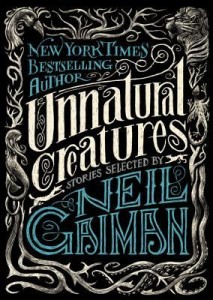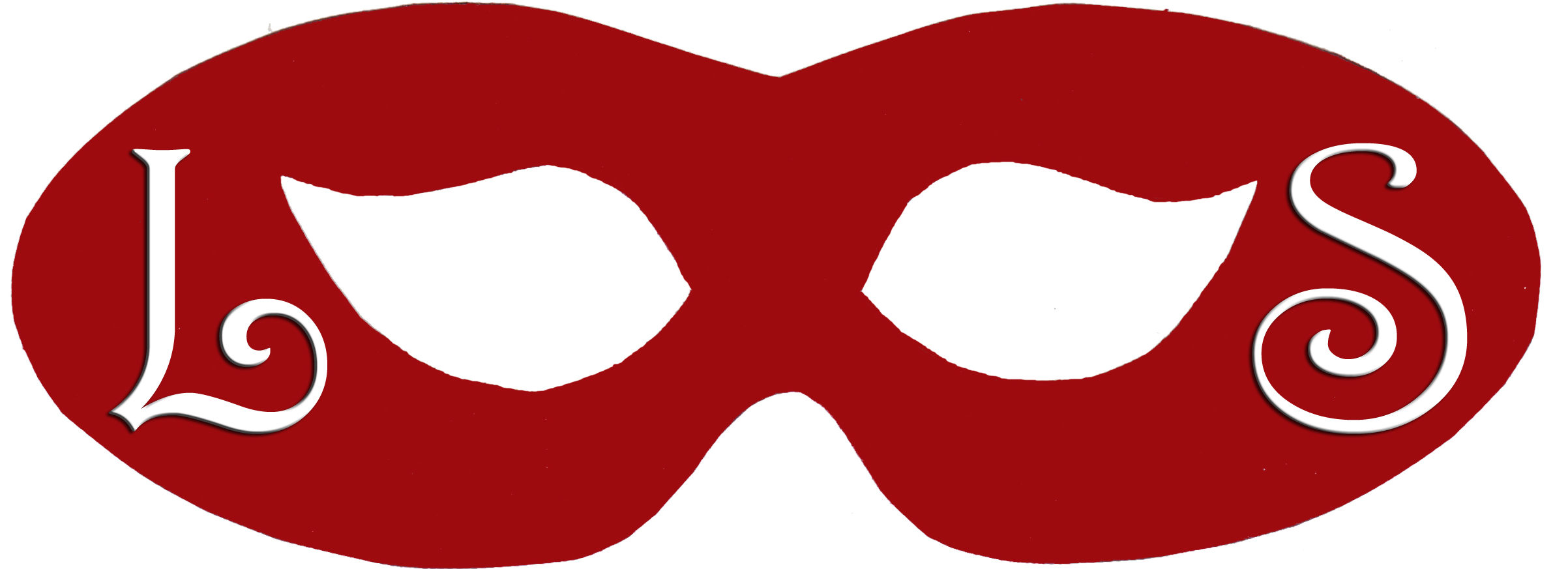Defining Genres & Subgenres: The Cartographer Wasps and the Anarchist Bees edition
 I wrote part of a post about E. Lily Yu’s The Cartographer Bees and the Anarchist Bees in praise of small details when I stumbled across a larger problem of definition. Is this story magical realism? Urban fantasy? (Because hives are cities for bees and nests are cities for wasps and why should the human definition of a city matter when the main characters are not human?) Fantasy? It struck me that as we humans create more stories, we come up with new and sometimes overlapping ways of breaking them down into smaller and smaller niches.
I wrote part of a post about E. Lily Yu’s The Cartographer Bees and the Anarchist Bees in praise of small details when I stumbled across a larger problem of definition. Is this story magical realism? Urban fantasy? (Because hives are cities for bees and nests are cities for wasps and why should the human definition of a city matter when the main characters are not human?) Fantasy? It struck me that as we humans create more stories, we come up with new and sometimes overlapping ways of breaking them down into smaller and smaller niches.
It’s the second story in the Unnatural Creatures anthology. Although I didn’t try to classify last week’s story, it’s pretty clear to me that Inksplot is paranormal horror. This week’s story proved trickier to classify. The reason identifying a genre/subgenre is important comes from selling books in a bookstore. Booksellers need to know where to shelve a book. If you combine genres, you’ll have to choose a dominant one so it can be shelved with like books. (If you’ve ever worked retail you understand you can’t double-face (have a product in two places) every book that belongs in two places generally because space).
Between the dictionary on my computer and Wikipedia I pulled together definitions for six genres. (Although this Tumblr post is way more fun.)
Magical realism: “a literary or artistic genre in which realistic narrative and naturalistic technique are combined with surreal elements of dream or fantasy.” (New Oxford American Dictionary)
Fantasy: “a genre of imaginative fiction involving magic and adventure, especially in a setting other than the real world.” (New Oxford American Dictionary)
Urban fantasy: “subgenre of fantasy defined by place; the fantastic narrative has an urban setting.” (Wikipedia)
High fantasy: “defined by either its setting in an imaginary world or by the epic stature of its characters, theme, and plot.” (Wikipedia)
Low fantasy: “nonrational happening that are without causality or rationality because they occur in the rational world where such things are not supposed to occur.” (Letters journal 1971 via Wikipedia)
Using the above definitions, The Cartographer Bees and the Anarchist Bees is magical realism. Here’s my reasoning:
1) All the details about bees that are true in our world. I don’t know much about bees, but from my short stint on a farm I remember learning about how bees communicate through pheromones and dances. Plus I remember being so grossed out as a child about how honey is made (it involves a lot of licking and fermenting (or transporting) nectar in the bees’ bodies), so when the bees, “touched and tasted the bill until the paper fell to pieces” it made complete sense. The next logical step where, “the hive’s chemists were charged with compounding pheromones complex enough to encode the terms of the treaty,” also makes sense. Plus propolis is a wonderful word and any chance it use it should be taken.
2) The personification of the wasps and bees. I did a little research (to be thorough) and found out that wasps are far more likely to attack and kill bees in the area then make the bees their subjects. The wasps took on the human quality of imperialization of the native bees with superior force and the assumption that because they are, “a race of explorers and scientists, cartographers and philosophers…” they could take, “a fifth of [their] stores… and one of every hundred larvae.”
3) With phrases like, “anarchism being a heritable trait in bees…” and, “the mutation was viable,” the story reads more like sci-fi than fantasy. In place of magic and adventure, there’s genetic and politics. It’s reminiscent more of Orwell’s Animal Farm than Tolkien’s Lord of the Rings.
I’m open to your thoughts. Do you think The Cartographer Bees and the Anarchist Bees is magical realism or something else? Why? Let me know in the comments.
